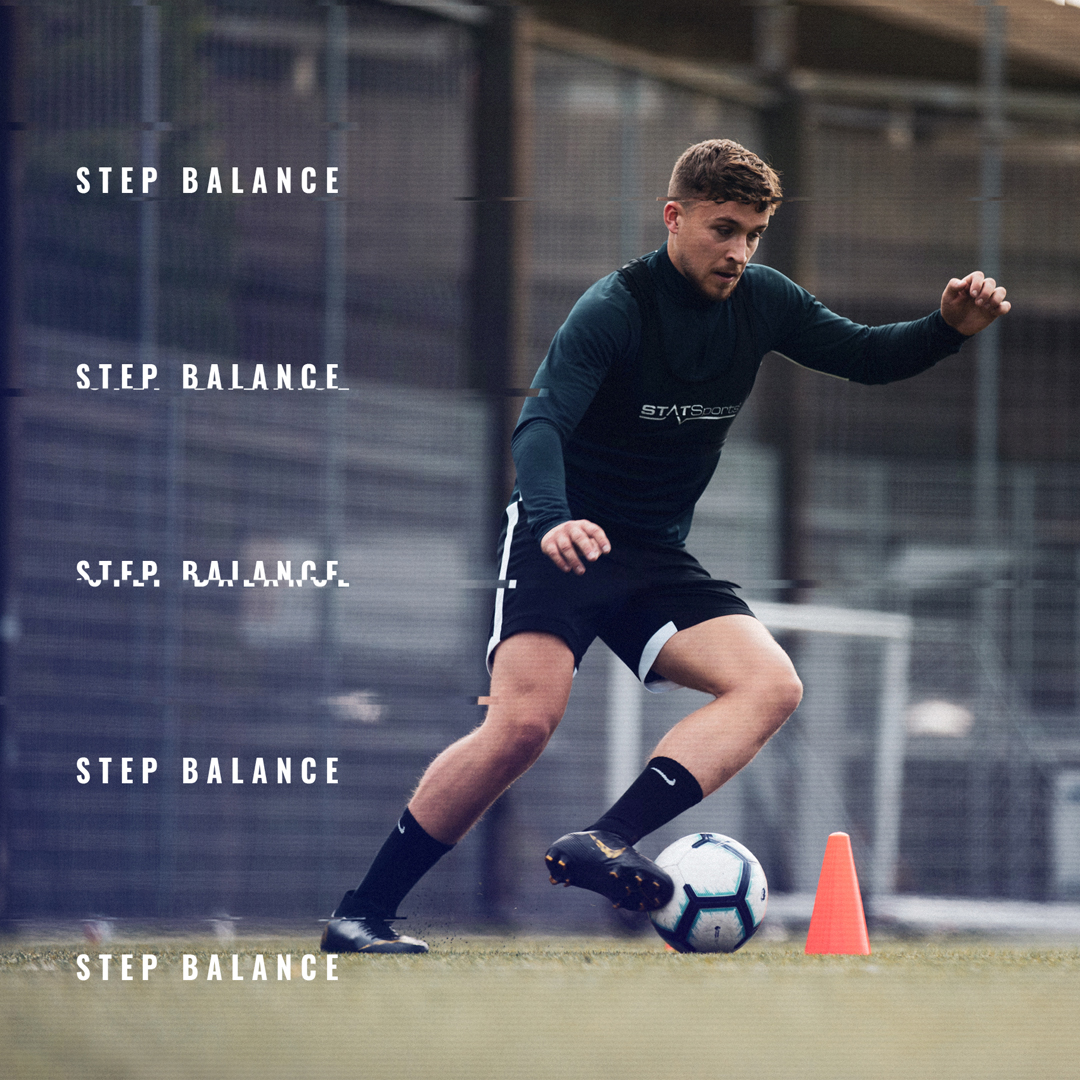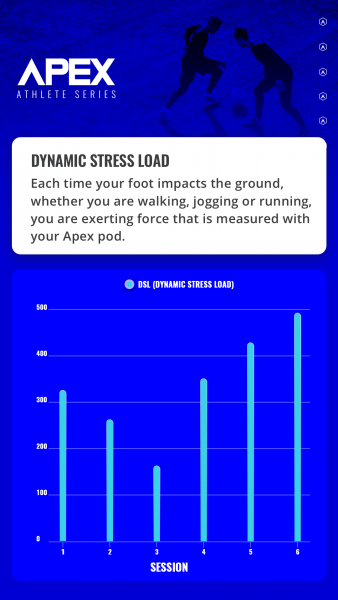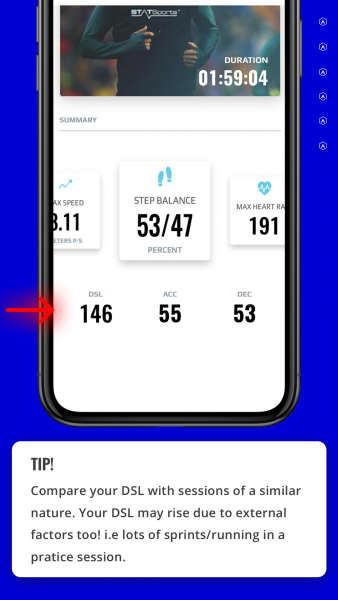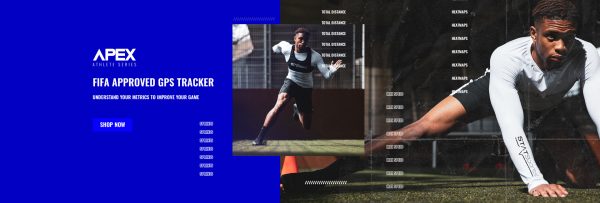
19 Sep What is DSL and why is it an important metric to track?
Being game-ready, maximising performance, and avoiding injury is imperative for any athlete looking to keep fit and exceed at whatever level they’re playing at.
In the latest of our metric explainers, we look at DSL – a STATSports custom metric – and why it’s important to monitor during physical exercise.
What is DSL?
Dynamic Stress Load, to give it its full title, is very useful for monitoring your training loads over the course of a season.
DSL accounts for the forces and impacts placed through the feet when running. As you tire through a session, foot impacts become heavier, causing an increase in DSL – a good indicator of fatigue.
Each player has different biomechanics, injury history and fatigue levels which all play a role in determining how a player deals with the strain of each session.

Why is it important to track?
The best way to think of DSL is like it’s a fatigue index. If you and your team-mate go for a one-mile run, you might both do it in the same time and average speed.
What that doesn’t tell you is how much it cost you in terms of the physical stress on your body. After the run, you could be light on your feet and feeling fresh, whereas your team-mate could feel more physically fatigued.
By measuring that on a session-by-session basis, you can build a profile on yourself, giving you a better understanding of your own body, and the levels to which you can perform.

Important considerations regarding DSL
It’s vital to recognise that your DSL score cannot be compared to other athletes – it’s a personal score for you to monitor.
To revert to the previous example, if you and your team-mate went for the same run the next day, you could do the same speed, time and distance but the weighted score could indicate that it placed greater stress on your body.
If your normal load score is 150 and, after this session, it’s 300, then you know something is wrong or it’s taken a lot out of you physically.
Therefore, it’s something you need to consider going into the next session. Do you play at full speed, do you play at a lesser intensity, or, do you rest entirely?
To better understand your performance, maximise your abilities, and reduce injury risk, our individual soccer GPS tracker Apex Athlete Series is available to buy here.

Apex_Athlete_Series